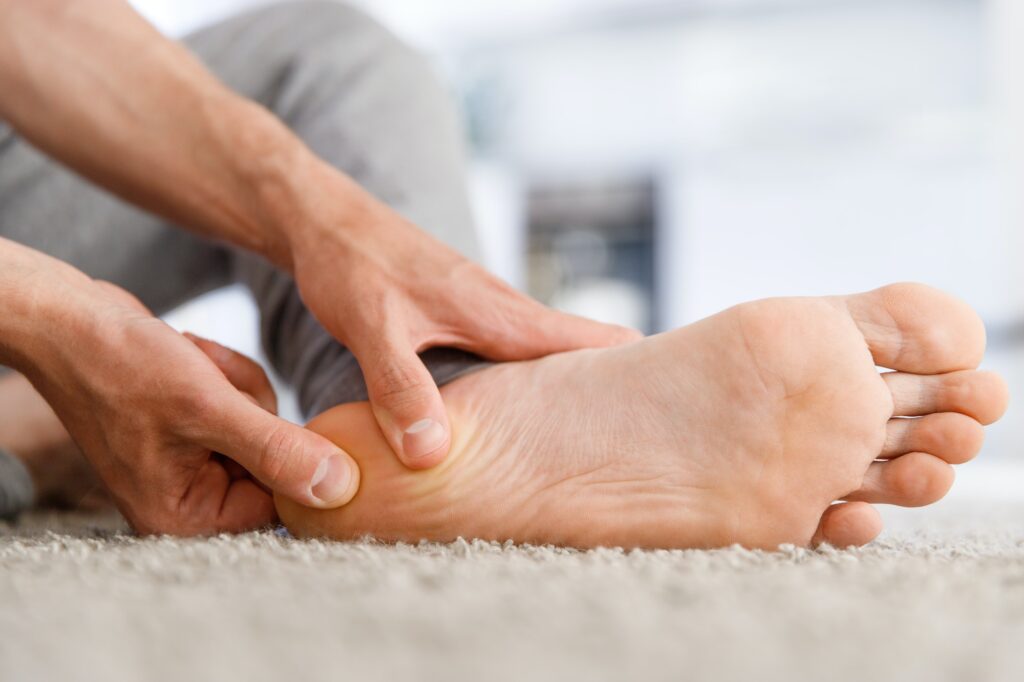Heels and Spurs
The heel bone is the largest bone in the foot. It absorbs most of the shock and pressure that the foot is subjected to. Over time, this can cause trauma to the heel and cause problems, like heel spurs, which is a pointed bony growth on the heel bone.
Causes of Heel Spurs
Some common causes of heel spurs include:
- Constant pressure, rubbing or stress that continues for an extended period of time.
- In the elderly, due to wear and tear, the cartilage that covers the ends of bones wears away, causing the bones to rub against each other.
- Foot deformities that cause abnormal walking gaits. This can put excess strain on the heel bone and the ligaments and tendons that surround it.
- Running or jogging too long or too intensely.
- Ill-fitting shoes without proper arch support.
- Excess weight.
- Thinning of the heel’s protective fat pad due to age.
- Diabetes.
- Having flat feet or high arches.
Heel spurs can be located at the back of the heel, under it and even beneath the sole of the foot. They often occur along with another foot condition called Planta Fasciitis which is an inflammation of the cord like tissue that runs under the foot from the base of the heel to the base of the toes.
Symptoms of Heel Spurs
- A sharp, piercing pain at the heel in the morning.
- A dull heel ache through the day.
- Inflammation.
- Swelling of the heel.
- Burning on the heel.
- Pins and needles under the feet.
- A small, visible bone-like protrusion under the heel.
- Severe pain when walking barefoot.
The outlook for those suffering from heel spurs is generally quite good. In most cases the condition responds well to medication and non-surgical treatments and exercise. Surgical intervention is often not necessary. As with all medical conditions, the earlier heel spurs are diagnosed and treatment begun, the better the chances of success and faster the recovery. If you have persistent symptoms like those described here, it will be wise to consult a podiatrist to begin treatment as soon as possible.


